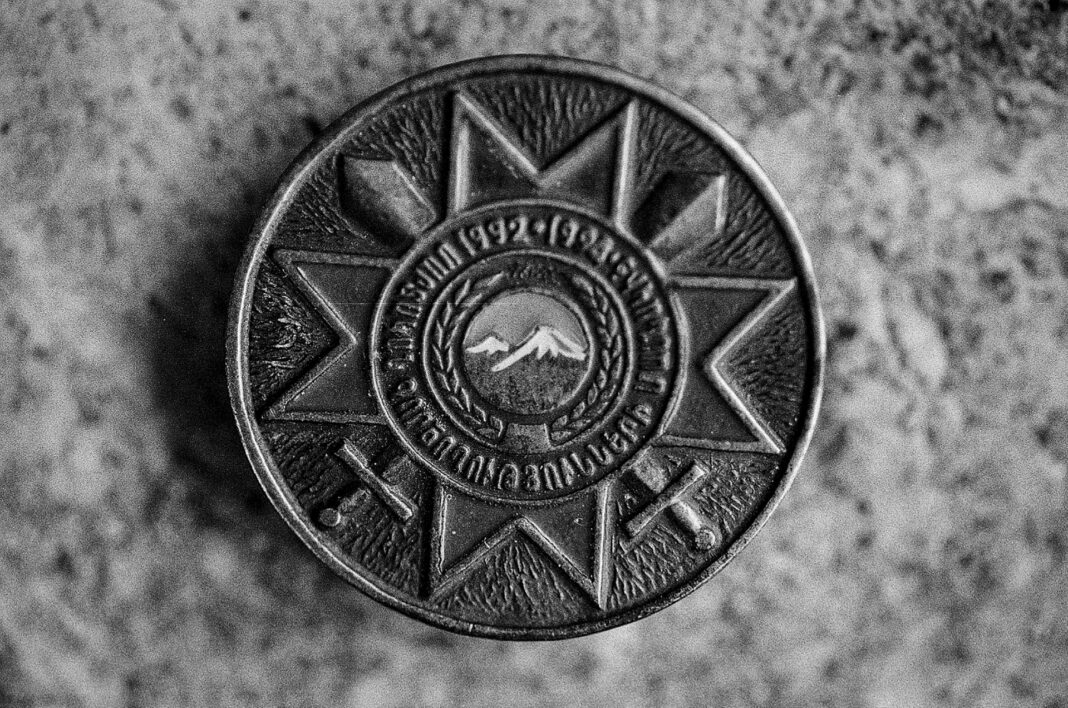Haghtanak Nazaryan’s breast star: ‘Participant of 1992-1994 Military Operations’. 1994
Nazik Armenakyan, Piruza Khalapyan
Historical research: Ara Zargaryan
ZOHRAB NAZARYAN
Resident of Kirants
They say this village is Azerbaijani, but they have settled in and began to live here, forming a population. This plot of land belongs to the Kherumyans, the heirs of Melik. They have distorted the name calling it Kheyrimli.
And this church was built by our forefathers. The name of this place was Kunen. Later, in the 60s, it was renamed Kirants. There is an inscription on the church wall.
Now we have to hear this story. They say, ‘Who are you? This is the true story.’But we know everything, that’s how it is.

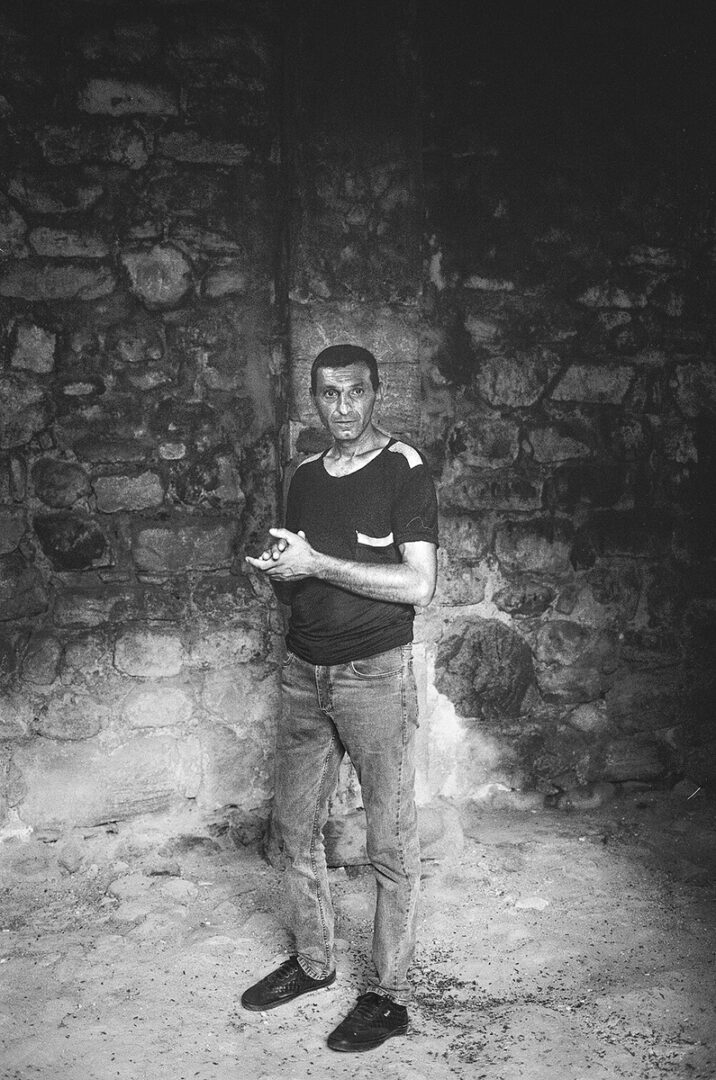
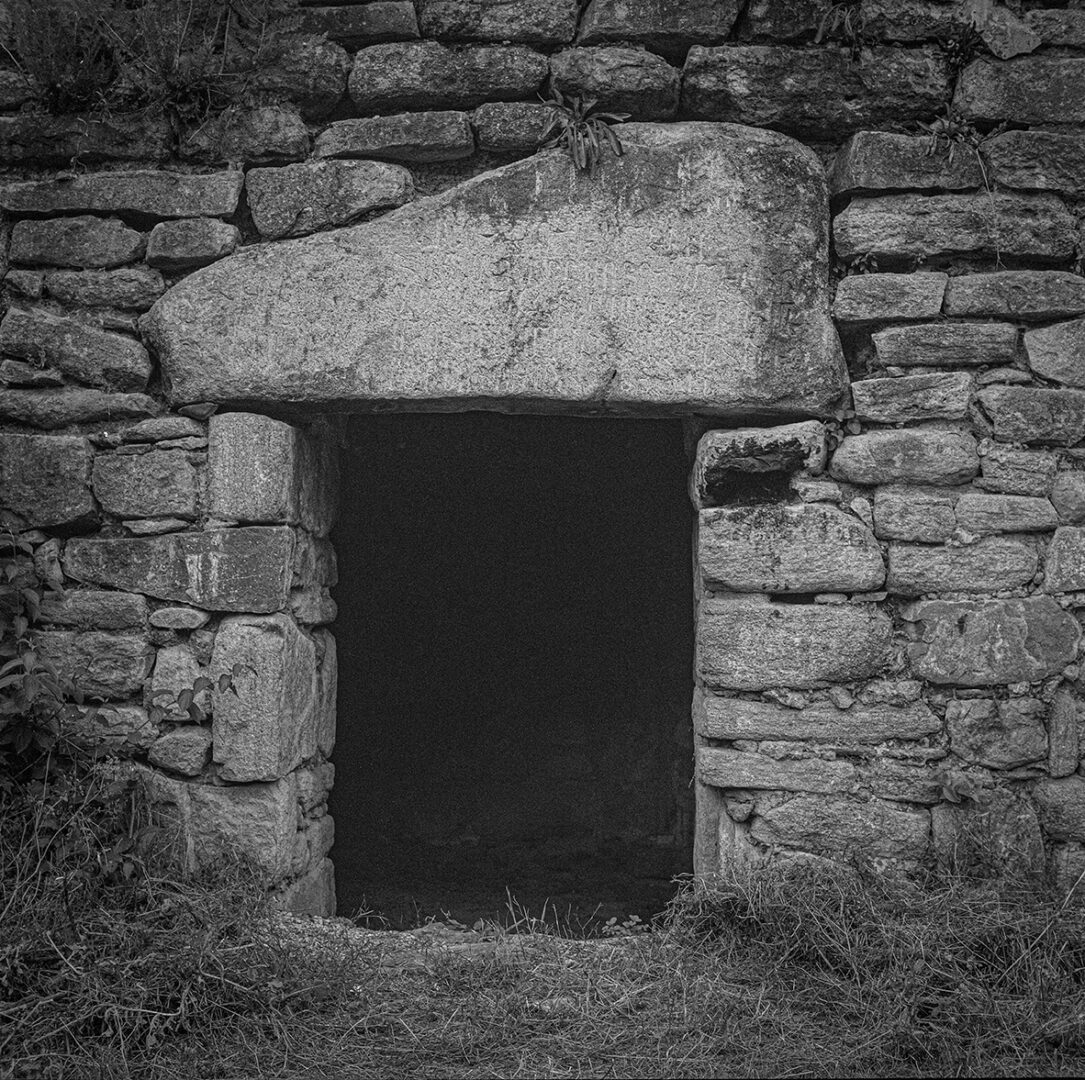
Holy Virgin Church of Kirants, built in 1675
HISTORICAL SOURCE
HISTORICAL SOURCE
Nanny SHUSHI
Resident of Kirants
I am a 73-year-old woman; there have never been Turks here (in some Armenian borderline villages, residents call Azerbaijanis Turks). This is Armenian land. The construction of the bridge was underway in 1967. I was a schoolkid then. We used to cross the river to reach the village. There was a watermill by the bridge. It belonged to my mother’s father. Now it is given to the Turks.
HISTORICAL SOURCE
HISTORICAL SOURCE
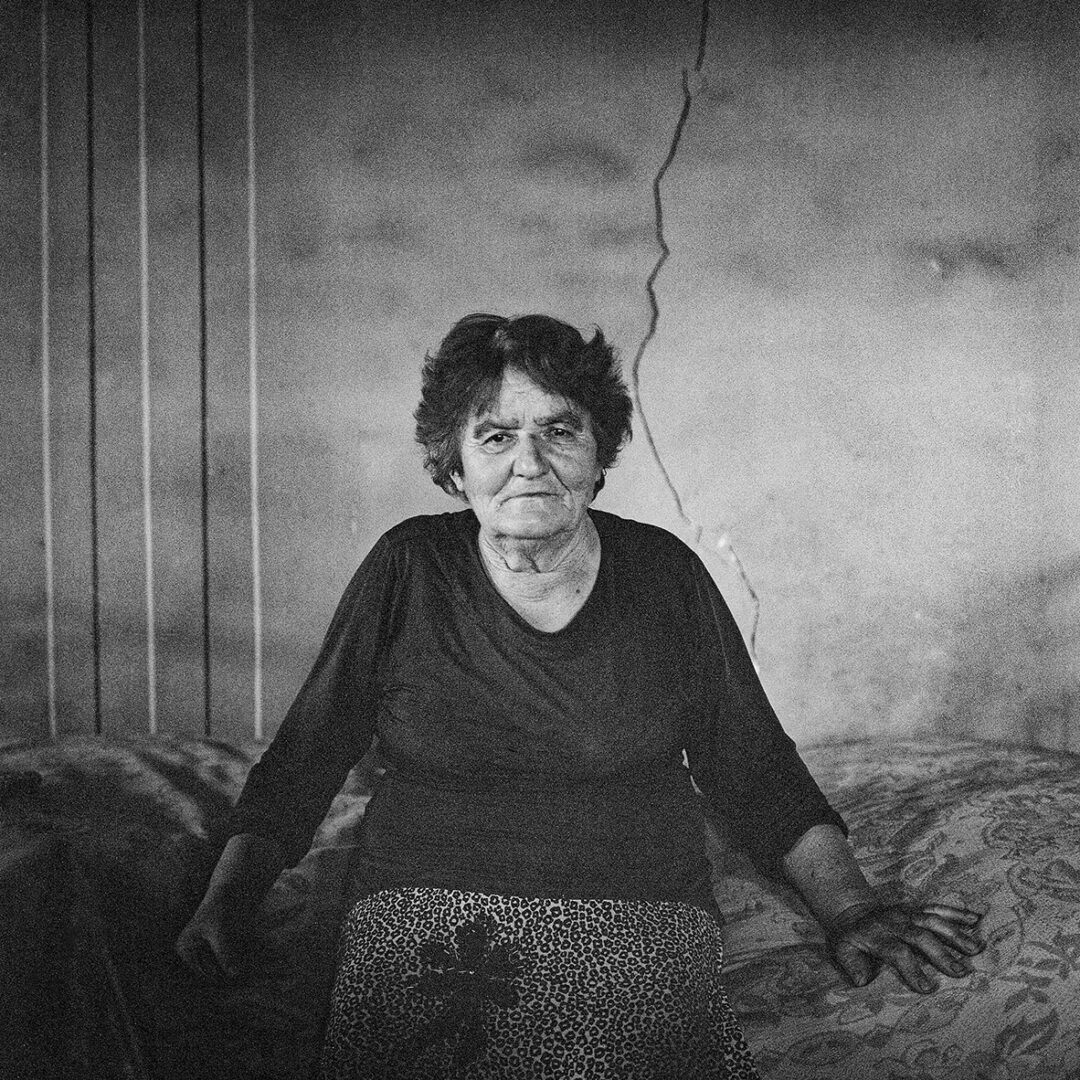
Nanny HERIK
Resident of Kirants
My father lived and died in this village. He has told me everything. We let the Turks live in that area. The whole garden belonged to an old Armenian woman. After her death it was divided between us. Now they gave all the land to the Turks. I am in agony. I have been working in these fields my whole life. There was a tobacco field in place of the wall. They gave it to them after all.

In 1982, my husband told me that coal is buried beneath the soil, just where they have divided the land. Coal is buried there. Everyone knows where it is; we can dig it with an excavator and see. We went to work there and planted tobacco. Now they say it belongs to the Turks. I can go there and show everything, but the Turks have hoisted a flag there.
They lied. Each of them built a house and brought others. They have built 10-15 houses, thus becoming a village. We fought a lot for the land.
They have no land. There were disputes in 1958 and 1970. Their women had come to the bridge and were fighting with men for the land. They wanted our land from us.
HISTORICAL SOURCE
HISTORICAL SOURCE
HAGHTANAK NAZARYAN
Resident of Kirants
In those days the villages were interconnected and in close proximity to each other. After the earthquake, many Azerbaijanis left this area. Meanwhile, Azerbaijanis were driving Armenians out of Sumgait and Baku. The Azeris took their livestock with them though. Little by little, we began to take turns on guard duty. This van here, which they say is Azerbaijani, is actually Armenian; it has always belonged to us. During the day, we came across, we worked, but at night they would open fire on us, burn houses, steal livestock, and abduct people. This is how tensions escalated due to their actions until 1991. Then they entered our village. In March 1992, the Soviet army left, and we drove them out of our land.
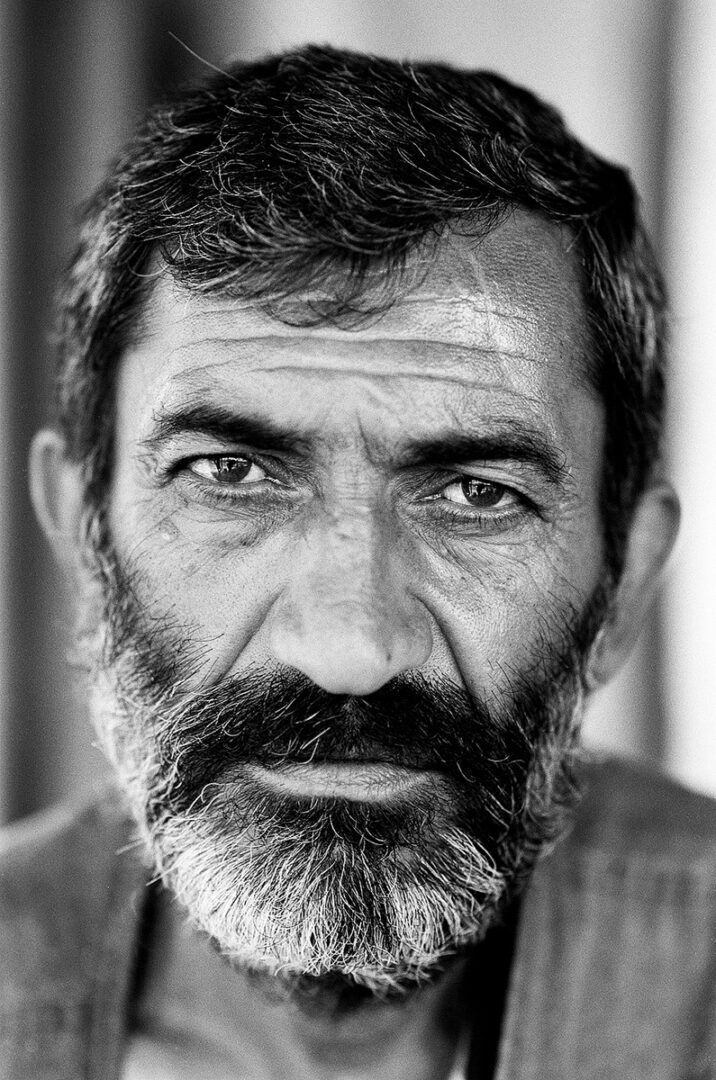

Haghtanak Nazaryan’s photo archive. Kirants, 1993
The shootings were inside the village, fired from the houses where the flag is raised today. In the early 90s, there were many casualties in our village. Ordinary people were wounded from mortar shells and gunfire in their gardens or yards. Back then, they always oppressed us. We could have gone all the way to Gazakh if we wished. But we only wanted them not to shoot on us from our land. Today, they have come into our village again.
HISTORICAL SOURCE
HISTORICAL SOURCE
During the Artsakh Liberation War, Khermlu village was an Azerbaijani military base, where Special forces units of the Azerbaijani police and military vehicles were stationed. They were shelling the surrounding areas, including Kirants, from the village. The residents of Kirants managed to form self-defense units to defend the village.
The most ferocious fighting in Kirants took place in March 1992. During those clashes, Gagik Vardanyan, the chief of staff of Kirants self-defense forces, was killed. The Azerbaijanis launched artillery rounds in the direction of the cemetery of Kirants, destroying most of the graves, making it impossible to bury Gagik Vardanyan. Eventually, he was buried on the opposite hillside of the cemetery, so that the enemy could not shoot.
Battles were taking place between Kirants and the Armenian village Khermlu inhabited by the Azerbaijanis. The shelling caused heavy damage to the village resulting in human loss and casualties.
Since the Azerbaijani artillery was shelling Kirants and the surrounding villages from the height of the village, the plan was to destroy their firing positions and root out the enemy. Eventually, on March 14, 1992, Khermlu was liberated and the enemy was driven out to their territory.


The following scientific sources were used for this article:
- Simonyan R., Kirants. Tigran Mets Publishing House, Yerevan, 2008.
- Shakhikyan G., Kirants vank. [Kirants Church]. Hayastan Publishing House, Yerevan, 1984.
- Simeon Katoghikosi hisatakarany․ Divan Hayots Patmutyan, Girk G․ [Kat’oghikos Siméon of Erevan. Jambr Archival Chamber (Armenian Studies Series). Vol. 3]. M. Sharadze Publishing House, Tiflis, 1984.
- Hayastani ev harakits sh’rjanneri teghanunneri bararan, hator 2. [Dictionary of Toponymy of Armenia and Adjacent Territories. Vol. 2]. publication of ASU, Yerevan, 1988.
Ardzagank Weekly, 1888, N 10.


